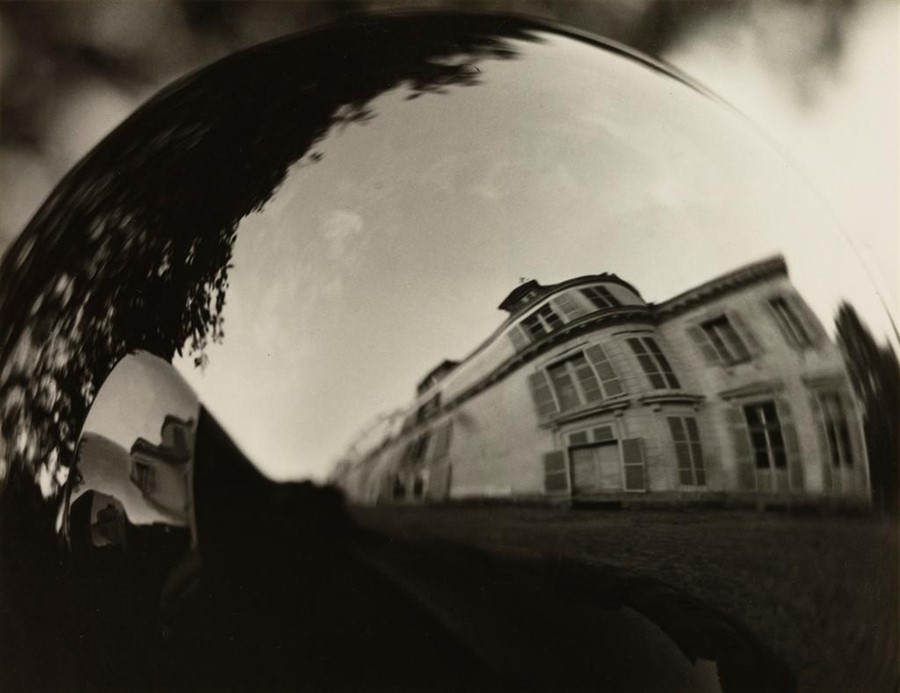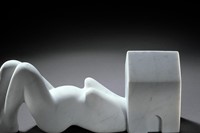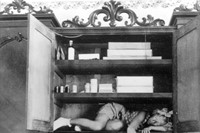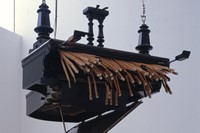The Surreal House is one of the most intriguing collections of surrealist art ever brought together under one roof, and it’s precisely the fabricated domestic space the collection inhabits that provides the key to the show. Working closely with
The Surreal House is one of the most intriguing collections of surrealist art ever brought together under one roof, and it’s precisely the fabricated domestic space the collection inhabits that provides the key to the show. Working closely with celebrated architects Carmody Groarke, the Barbican’s senior curator Jane Alison has quite literally created a house inside the exhibition space, providing a labyrinthine exploration of the influence surrealism has had on both the architecture of the physical world and the inner workings of the human psyche. Containing works by everyone from Man Ray and Magritte to Jan Svankmajer and Sarah Lucas, the exhibition takes the notion of the house beyond the mere functional purpose of living space to create something far more profound: a psychological refuge that mirrors our need to retreat into the world of dreams. I spoke to Jane Alison and Kevin Carmody (of Carmody Groake) to uncover the creative reverie that led to its construction.
The Surreal House is quite a staggering achievement. What was the conceptual starting point?
Jane Alison: Well, it’s very important to remember that the exhibition is about the house: the mythological house, the fragmented house… the cage, the cave and the womb. There is work here by artists who were obsessed with these notions, such as Louise Bourgeois, and there are also pieces by innovators such as Edward Kienholz, who first made the move from the surreal object to the surreal space. I think questions of threshold are absolutely key to this show: it’s no accident that the exhibition opens with the Robert Longo drawing of Freud’s door.
Is the Surreal House intended as a reflection of our psychological need to take refuge in a dream-like inner space?
Kevin Carmody: From our side that was certainly the challenge. The intention of the exhibition is to play up the themes of the artworks themselves by relying on the abstraction of the gallery context, which is actually what all surrealism relies on.
JA: I think this is the first time an exhibition has really probed the relationship between surrealism and architecture, and it’s perhaps not too surprising to find work by somebody like Rem Koolhaas in this show. Architecture is in its very nature functional, but the interesting thing is to invest it with meaning. That is what the surrealists were interested in.
Are there any pieces you are particularly excited about?
JA: There are myriad pieces but it’s very exciting for me personally to see Rebecca Horn’s Concert For Anarchy here, which we borrowed from just across the river [the Tate Modern]. It looks truly wonderful in this context. This is also the first time Freud’s consultation chair has been lent to an exhibition, so we’re delighted to have that.
Why do you think the surrealism continues to be the one art movement that appeals to more people than any other?
JA: I think the surrealists were interested in transforming society and humanity, and that is why they have been so influential: surrealism is now totally diffused throughout contemporary culture. The surrealists have such an incredible legacy because they were interested in finding a real truth within art and they celebrated creativity and human existence. That has to be all to the good for art.
The Surreal House runs at The Barbican until September 12, 2010



